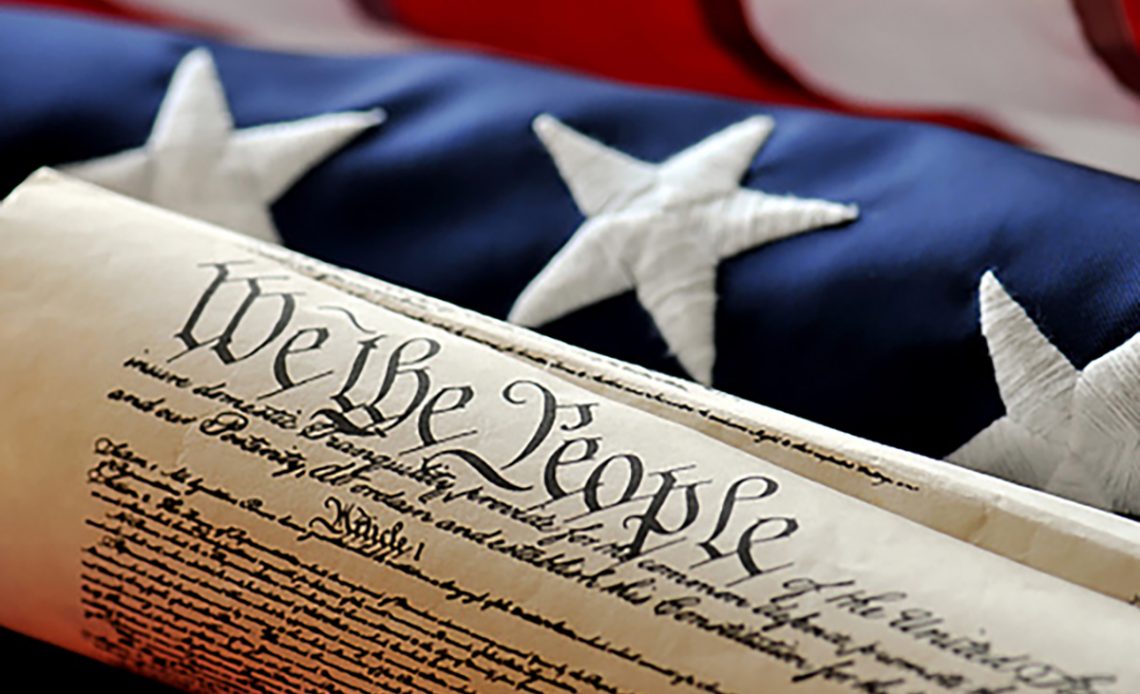
Of course, everyone can name at least one person who signed the Declaration of Independence – good old John Hancock, who was the first to sign and whose name is the largest on the document. But after Hancock added his John Hancock, 55 more men signed the document in 1776.
Thomas Jefferson not only signed the document, but he was one of five men who helped write the document. Jefferson went on to become the second president of the United States and his home, Monticello, is visited by more than half a million people annually. Located in Virginia, self-guided tours, which include access to the home’s first floor, as well as the grounds and gardens, are available.
Benjamin Franklin was remembered for so many things, but yes, one of those things was signing the Declaration of Independence. Franklin was also one of the five men who helped write it. If you’re visiting Boston, be sure to head over to 17 Milk Street, where Franklin was born in 1705. The building is commemorated with a bust of Franklin and the words “Birthplace of Franklin.”

Thomas Heyward Jr. was a signer as well, hailing from South Carolina. Visitors to Charleston can see his home, known as the Heyward-Washington House because Washington stayed here for a week during his presidency. The home is open to the public and includes a 1740s kitchen building as well as formal gardens.
Josiah Bartlett was a physician and served as a delegate for New Hampshire to the Continental Congress and was also a signer of the Declaration of Independence. The Josiah Bartlett House, which is listed on the National Register of Historic Places, can be found in Kingston, New Hampshire. The home is not open to the public, but a historical marker is located on the property as is a Linden tree, grown from a sampling Bartlett brought back from Philadelphia after signing the Declaration of Independence.
The home of another New Hampshire signer, Matthew Thornton, is not too far from that of Bartlett. Located in Derry, the home where Matthew Thorntons lived from 1740 to 1779, is located at 2 Thornton Street. While not open to the public, the main house, a classic New England saltbox, is visible from the street.
Thomas Nelson, Jr., who is considered one of the Founding Fathers of the U.S., was also a signer and his family home can be toured when visiting Yorktown, Virginia. The Nelson House is an example of Georgian architecture (so named for King George) which was popular in the 1700s. Informal tours of the home, which is part of Virginia’s Colonial National Historical Park, are available.
And finally, it you want to see the real document and try to decipher the names of all the men who signed it – visit the National Archives Museum in Washington, DC.
Visit rvonthego.com to find a campground conveniently located near these historic sites.
Read More:
- The best summer reads for outdoor enthusiasts.
- These cabin rentals make Wisconsin getaways easier than ever!
- Jason and Rae are serious full-time RV lifestyle goals.
- Add Pennsylvania’s Lancaster County to your summer travel list.
- Find more campgrounds at ThousandTrails.com.

